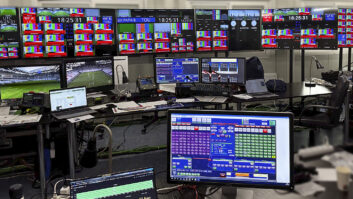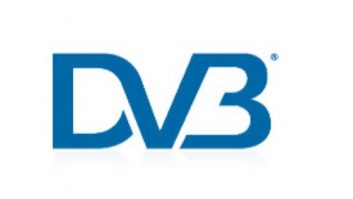
Helmut Stein, chairman, DVB Promotions & Communications Module, provides an insight on what you can expect from this year’s DVB World conference to be held in Nice from 7-9 March.
In the second week of March, you will find a lot of very skillful electronic engineers and managers of global consumer electronics brands at the luggage belt in Nice airport, France. They are doing what they do every year around this time. Last year it was in Lisbon and in previous years Berlin, Budapest and Dublin. It is time once again for DVB World, the annual conference of the global standardisation body for digital television and beyond.
Twenty years after the soft launch of DVB then known as ‘European Launching Group for Digital Terrestrial Broadcasting’ with the official inauguration of the name ‘DVB’ two years later, DVB has developed into a prestigious global brand enabling digital television and data services in almost all countries of the world. During this time, innumerable experts from up to 300 members have created around 100 specifications and their implementation guidelines.
Turning to the DVB World 2011 conference, there is a tradition to be followed from previous events that first takes a retrospective look at the previous year’s DVB activities to learn about the technical and commercial environment of its work. Veena Rawat, president of the Communications Research Centre Canada, will open the conference with a keynote address that outlines the roles of Broadcast and Communications and whether the two are partners or competitors. There will be several flagship sessions that will include examining and providing information on green broadcasting, DVB chipsets and DVB implementation particularly in Africa and India. Special aspects of the future of content delivery will be covered by the BBC and finally, in another tradition, there will be an overview of DVB in France, this year’s host country.
What then are the latest DVB achievements to be highlighted at this year’s conference? First of all, the second generations of the traditional broadcast transmission standards have been finalised. After DVB-S2 and DVB-T2, the new cable standard, DVB-C2, is also available now. These together with the latest in transmission security, the implementation in the different markets of the new common scrambling format DVB-CSA3 will be discussed. With DVB’s concept of ‘tool boxes’, it is fascinating to see the wide range of customised solutions. These topics are all covered in the session called DVB Today.
A dedicated session will concentrate on the topic of mobile reception. With terrestrial broadcasting as the natural path to handheld and mobile receivers, this market has still to grow and develop, while the search for specific business models to encourage and enable the technology to be implemented is at the top of the agenda. Complementary to mobile phone systems, a hybrid solution could be the most economic way to create new markets. DVB’s next generation handheld system (NGH) has the potential to foster such solutions.
Day three takes a look at the future. With HDTV widely implemented, it is time to discuss further quality improvements with, for example, ‘ultra high definition TV’, in short UHDTV. This goes hand in hand with the future of 3DTV, where solutions without glasses would require higher resolution or data rates.
IPTV and net neutrality will be covered in discussions beyond traditional broadcasting. A special view on the gaming market will help us to better understand this hardware convergence trend. All of these new developments will pave the way to new work within the DVB.
As in previous conferences, Prof Ulrich Reimers will give a pre-conference master class lecture about the technology of DVB’s second-generation standards.
Being a member of DVB means being on the inside track with the opportunity to network and influence the world’s most successful broadcast standards. The conference, exhibition and lunch will take place at the Hotel Le Méridien, right on the famous Promenade des Anglais boulevard in Nice.






